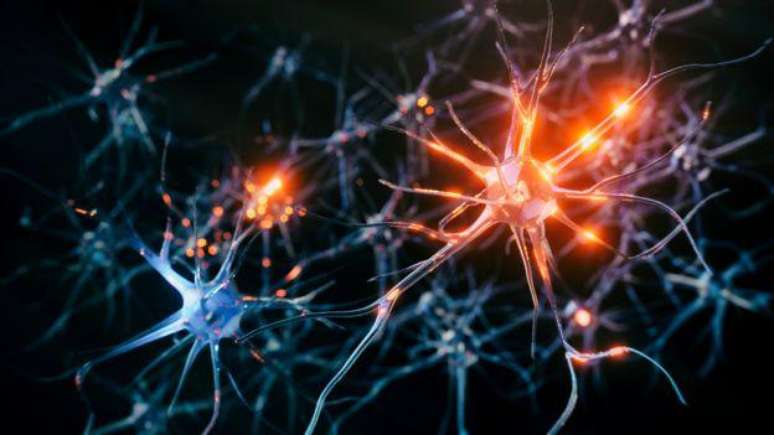html[data-range=”xlarge”] figure image img.img-6a78bf59a7a04f821dbf913c9737a0b8n7oj8sr2 { width: 774px; height: 435px; }HTML[data-range=”large”] figure image img.img-6a78bf59a7a04f821dbf913c9737a0b8n7oj8sr2 { width: 548px; height: 308px; }HTML[data-range=”small”] figure image img.img-6a78bf59a7a04f821dbf913c9737a0b8n7oj8sr2, html[data-range=”medium”] figure image img.img-6a78bf59a7a04f821dbf913c9737a0b8n7oj8sr2 { width: 564px; height: 317px; }HTML[data-range=”small”] .article__image-embed, html[data-range=”medium”] .article__image-embed { width: 564px; margin: 0 auto 30px; }
Aging is often associated with the emergence of various pathologies.
Diseases such as essential tremor, however, are not related to old age.
The most frequent disease of all movement disorders, essential tremor affects 6% of people over the age of 60, but it can appear from a very young age.
Many patients claim to have lived with the disease for many years and state that it gets worse with age, even affecting daily activities.
Essential tremor is not a neurodegenerative disease, but is caused by a dysfunction of the neural circuits related to movement.
It is common for it to occur in more than one person in the same family.
It is usually noticeable during manual activities and may be more pronounced in one hand.
If the tremor is severe, the patient may have difficulty performing daily activities such as writing, holding a glass of water without spilling it, using silverware, brushing teeth, applying makeup, shaving, fastening buttons or zippers, wearing earrings, etc.
Some people may also experience tremors in their voice or head.
It is, therefore, a pathology that can have a significant impact on the quality of life. That’s why it’s important to seek personalized treatment for the problem.
uncertain origin
Tremor occurs when neurons in the thalamus, a part of the brain associated with movement, malfunction.
In these neurons, the pattern necessary for correct movement is replaced by an oscillatory activity that imposes itself on the entire motor circuit.
This causes the hands to shake at the same frequency as the oscillatory activity of these neurons when the person moves.

While it’s not known for sure what triggers the disease, studies link it to a dysfunction of the cerebellum related to neural activity in a region of the thalamus.
It is, therefore, different from other pathologies that produce tremors, such as degenerative diseases such as Parkinson’s.
In this disease, the tremor – which usually occurs at rest – results from the progressive death of neurons that produce dopamine, a neurotransmitter responsible for modulating motor circuitry and normal movement.
In addition to tremors, Parkinson’s patients suffer from other ailments such as dizziness and stiffness.
HIFU: Treatment allows tremor to be controlled
When a patient has essential tremor, the doctors’ goal is to get his motor circuits working normally again.
Therefore, treatments aim to restore the activity pattern of neurons so that movement execution is correct.
The more traditional treatments against this pathology use beta-blockers and antiepileptics.
But its use is generally not enough to improve the patient’s quality of life.

Fortunately, patients can resort to the HIFU system, a high-intensity ultrasound device that allows to reach the affected neurons in a controlled way and without open cranial surgery.
The method is ideal for many patients as it is minimally invasive.
The patient must have his hair shaved in order to connect the MRI device.
After you lie down on the MRI table, a membrane is also placed on the head through which very cold water circulates to cool the scalp and prevent the ultrasound from overheating the skin.
The patient stays awake all the time, collaborating with the professionals during the surgery.
The ultrasound targets the spot in the brain where the neurons that doctors want to kill are located. The energy emitted is transformed into heat to warm the tissue in the target area.
As the temperature rises, the chills progressively disappear, confirming that doctors are targeting the correct location.
The power of the energy is then increased to reach a temperature that causes irreversible damage to the neurons, resulting in a marked improvement in the tremor.
Immediate benefit
One of the biggest benefits of this procedure is that improvement in the tremor usually occurs immediately.
Taking into account that the patient does not need previous hospitalization, he can be discharged 24 hours after performing the HIFU.
As with any treatment, some side effects may appear.
They are usually related to the appearance of edema around the injured area, something that resolves within a short time.
Therefore, the patient usually has a high degree of satisfaction after the surgery.
*María Cruz Rodríguez Oroz is Director of the Department of Neurology at the University of Navarra, Spain.
*This article originally appeared on the academic news site The Conversation and is republished under the Creative Commons license. Read here the original Spanish version.
Source: Terra
Ben Stock is a lifestyle journalist and author at Gossipify. He writes about topics such as health, wellness, travel, food and home decor. He provides practical advice and inspiration to improve well-being, keeps readers up to date with latest lifestyle news and trends, known for his engaging writing style, in-depth analysis and unique perspectives.








